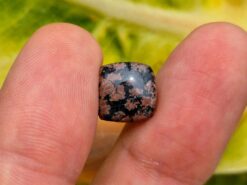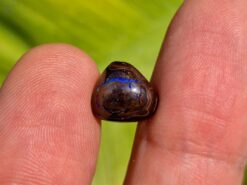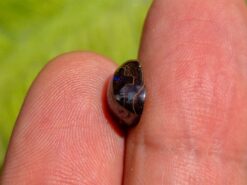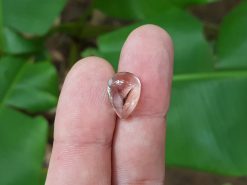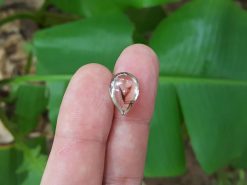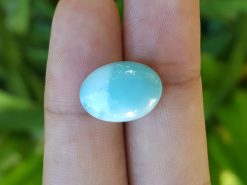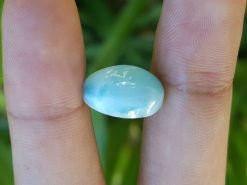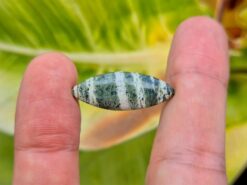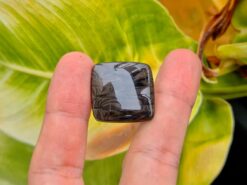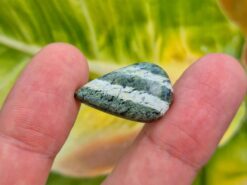Zoisite
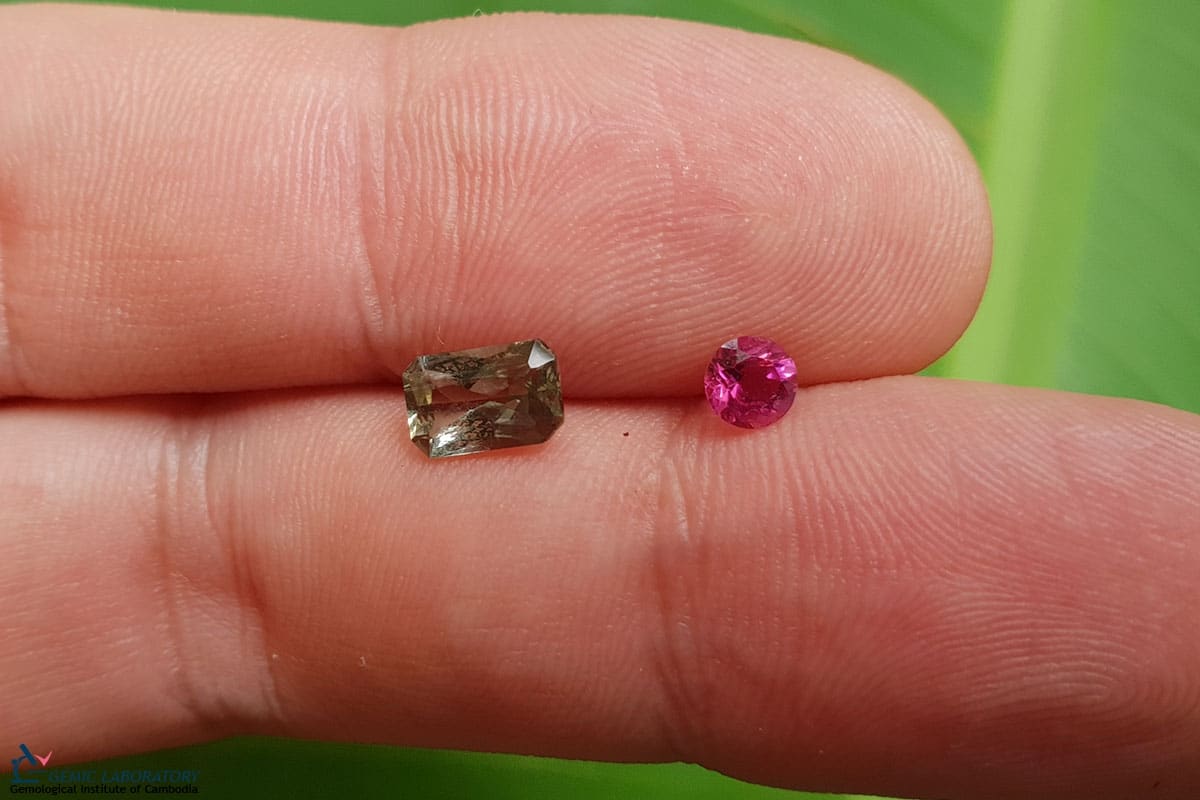
Zoisite, first known as saualpite, after its type locality, is a calcium aluminium hydroxy sorosilicate. It belongs to the epidote group of minerals. Its chemical formula is Ca2Al3(SiO4)(Si2O7)O(OH).
Buy natural gemstones in our gem shop
Zoisite crystal
Zoisite occurs as prismatic, orthorhombic (2/m 2/m 2/m) crystals. Or also in massive form. We found it in metamorphic and also pegmatitic rock. Zoisite may be blue to violet (tanzanite), also green, brown, pink, yellow, gray, or colorless. The luster is vitreous and also conchoidal to uneven fracture.
When euhedral, zoisite crystals are striated parallel to the principal axis (c-axis). Also parallel to the principal axis. There is one direction of perfect cleavage. The mineral is between 6 and 7 on the Mohs hardness scale. And its specific gravity ranges from 3.10 to 3.38. It depends on the variety.
It streaks white and it is brittle. Clinozoisite is a more common monoclinic polymorph of Ca2Al3(SiO4)(Si2O7)O(OH). We use transparent the material for fashion into gemstones. While translucent to opaque material is usually carved.
The mineral was described by Abraham Gottlob Werner in 1805. He named it after the Carniolan naturalist Sigmund Zois. He sent him its specimens from Saualpe in Carinthia. Zois realized that this was an unknown mineral when it was brought to him, in 1797.
Sources of zoisite include Tanzania (tanzanite), Kenya (anyolite), Norway (thulite), Switzerland, Austria, India, Pakistan, and the U.S. state of Washington.
Zoisite stone silicate mineral
Silicate minerals are rock-forming minerals with predominantly silicate anions. They are the largest and most important class of rock-forming minerals. It make up approximately 90 percent of the earth’s crust.
In mineralogy, silica, or also silicon dioxide SiO2, is usually a silicate mineral. Even though its silicate “anion” has no negative charge. And it has no cations. We found silica in nature as the mineral quartz, and its polymorphs.
On Earth, a wide variety of silicate minerals occur in an even wider range of combinations. As a result of the processes that have been forming. And re-working the crust for billions of years. These processes include partial melting, also crystallization, fractionation, metamorphism, weathering, and diagenesis.
Zoisite
Zoisite healing properties benefits
The following section is pseudo scientific and based on cultural beliefs.
A stone of return. Return to the self, return to one’s center, return to relaxation, return to healthy norms, etc. The creative energy of the crystal is believed to serve as a reset button, returning the mind back to its objectives after an unwelcome interruption.
FAQ
What is zoisite used for?
For adherents of crystal healing, The stone is believed to affect disorders of the heart, spleen, pancreas and lungs.

